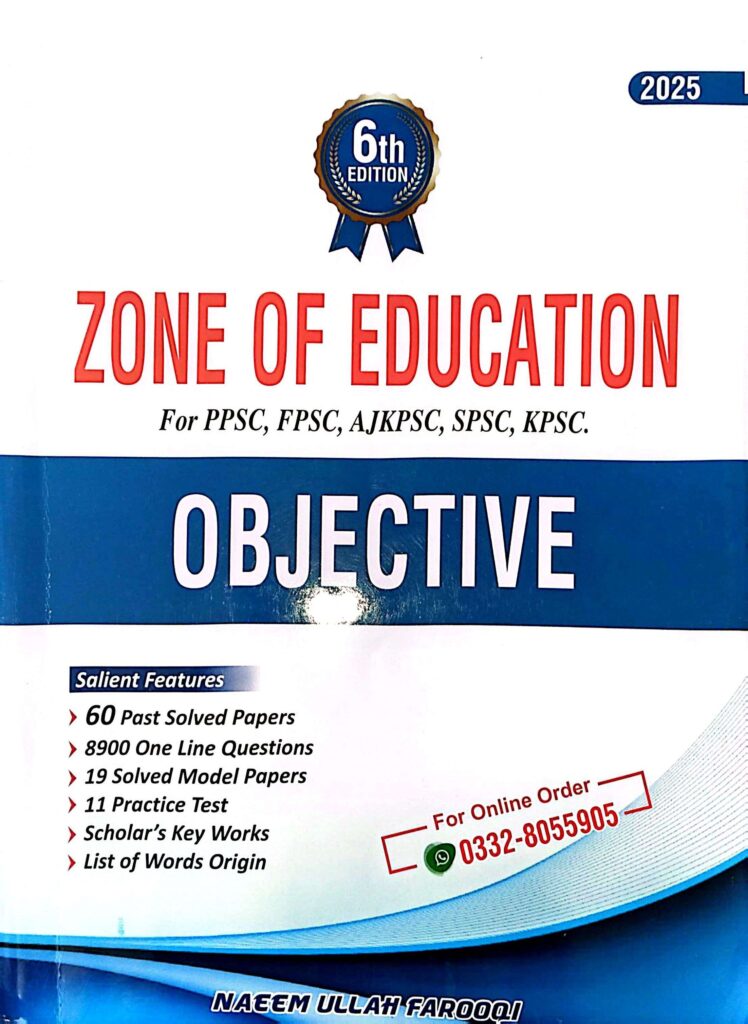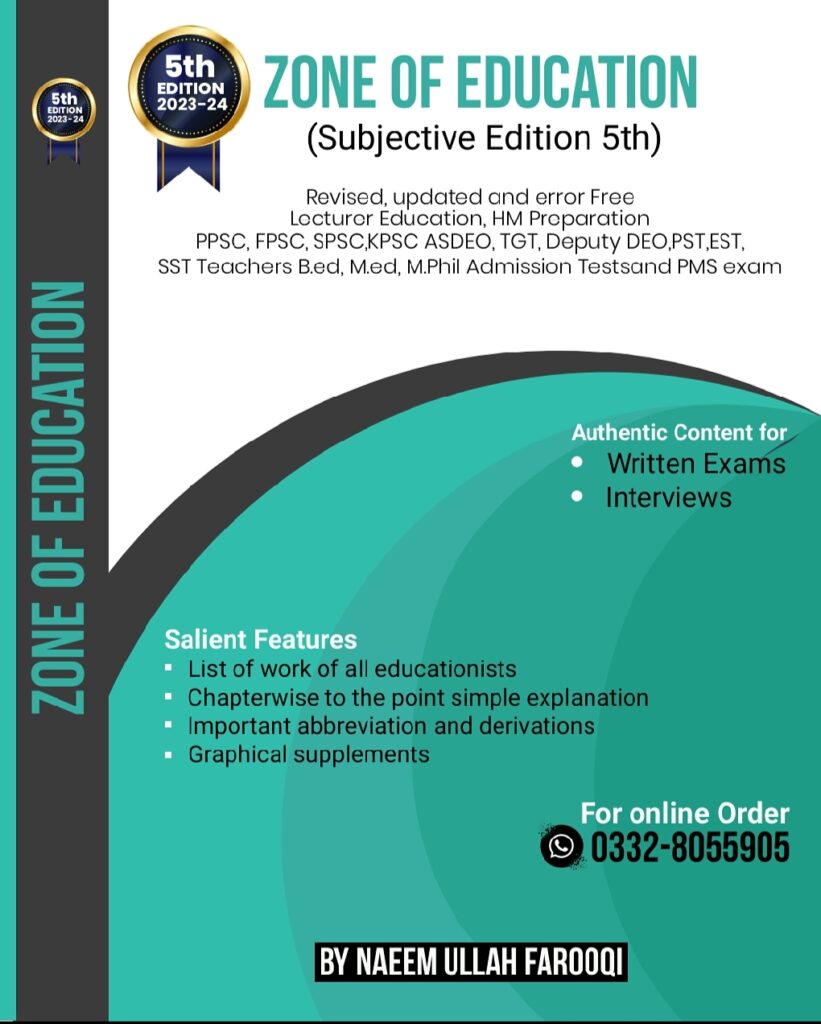Classroom Management
The extinction technique of classroom management is a technique where teacher ______ any negative behavior.
A) Divert
B) Ignore
C) Encourage
D) Discourage
Answer: B) Ignore
12. The use of physical punishment for class management is called:
A) Extinction technique
B) Satiation technique
C) Time out technique
D) Corporal punishment
Answer: D) Corporal punishment
13. A classroom management technique where the teacher punishes negative behaviors by removing an unruly student from the rest of the class is called:
A) Extinction technique
B) Satiation technique
C) Time out technique
D) Corporal punishment
Answer: C) Time out technique
14. Which of the following should be used to decrease minor inappropriate behavior by students?
A) Praise
B) Reward
C) Ignorance
D) Strictness
Answer: C) Ignorance
15. Which of the following is NOT a component of effective classroom management?
A) Establishing clear rules and expectations
B) Ignoring misbehavior
C) Building positive relationships with students
D) Consistent consequences
Answer: B) Ignoring misbehavior
16. What does “PBIS” stand for in the context of classroom management?
A) Positive Behavior Intervention and Support
B) Problem-Based Instructional Strategies
C) Parent-Teacher Conferences
D) Personalized Behavior Improvement System
Answer: A) Positive Behavior Intervention and Support
17. What is the purpose of a classroom behavior contract?
A) To clarify expectations and consequences for a student’s behavior
B) To punish students for misbehavior
C) To eliminate all rules in the classroom
D) To reward students for good behavior
Answer: A) To clarify expectations and consequences for a student’s behavior
18. When should classroom rules be established?
A) At the end of the school year
B) On the first day of school
C) Never; rules are unnecessary
D) Whenever the teacher feels it
Answer: B) On the first day of school
19. What is a common strategy for managing transitions between activities in the classroom?
A) Giving students extra free time
B) Yelling at students to hurry up
C) Using transition cues or signals
D) Allowing students to make their own decisions
Answer: C) Using transition cues or signals
20. Which of the following is an example of intrinsic motivation?
A) A student studies to earn a sticker from the teacher
B) A student studies because they enjoy learning the material
C) A student studies because they fear punishment
D) A student studies to compete with their classmates
Answer: B) A student studies because they enjoy learning the material
1. What is a common technique for managing disruptive behavior without causing embarrassment to the student?
1. A) Publicly scolding the student
2. B) Calling the student’s parents during class
3. C) Using private signals or cues
4. D) Asking other students to discipline the student
Answer: C) Using private signals or cues
2. Respect your classmates is a principle of:
1. A) Administration
2. B) Direction
3. C) Both A & B
4. D) Classroom Management
Answer: D) Classroom Management
3. What is the purpose of a “time-out” in classroom discipline?
1. A) To give students extra time to complete their work
2. B) To remove a student from a situation to calm down and reflect
3. C) To reward good behavior
4. D) To encourage group discussions
Answer: B) To remove a student from a situation to calm down and reflect
4. Classroom management is the process of creating and maintaining a safe and productive:
1. A) Learning
2. B) Teaching
3. C) Both
4. D) None of these
Answer: A) Learning
7. Establishing Rapport and Building Relationships is a principle of:
1. A) Classroom Management
2. B) Administration
3. C) Direction
4. D) All of these
Answer: A) Classroom Management
8. Having a Clear and Concise Behavior Policy is a principle of:
1. A) Administration
2. B) Classroom Management
3. C) Direction
4. D) All of these
Answer: B) Classroom Management
9. The Law of Effect can be effectively used in:
1. A) Accelerate learning
2. B) Curriculum development
3. C) Classroom Management
4. D) Teaching methods
Answer: C) Classroom Management
JOIN ZONE OF EDUCATIONPK!
Discover the most comprehensive and reliable pedagogy resources in Pakistan, curated for competitive exam success. Our content covers all competitive exam MCQs, including PPSC, FPSC, AJKPSC, SPSC, and more. Designed to empower learners with top-notch material and insights, trust us for your preparation journey!


